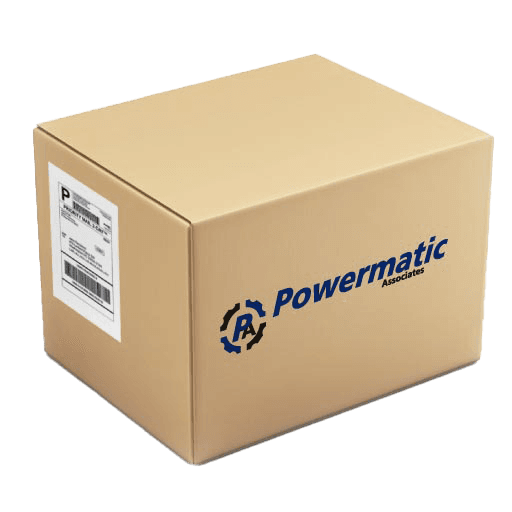| HS13D0F15AS HS13D0F15AS SolaHD - SolaHD™ Automation Transformers Non Ventilated 50 VA to 45 ... | SolaHD | | |
| DT631H118S DT631H118S SolaHD - SolaHD™ Drive Isolation Transformers - PN DT631H118S | SolaHD | | |
| HT1174F20ASCU4X HT1174F20ASCU4X SolaHD - SolaHD™ Automation Transformers Non Ventilated 50 VA to... | SolaHD | | |
| DT681H145S DT681H145S SolaHD - SolaHD™ Drive Isolation Transformers - PN DT681H145S | SolaHD | | |
| 63TCA350 63TCA350 SolaHD - SolaHD™ SOLATRON Plus Series Three Phase Power Conditioners - ... | SolaHD | | |
| 9346106T00 9346106T00 SolaHD - SolaHD™ Automation Transformers Non Ventilated 50 VA to 45 k... | SolaHD | | |
| F81F15S F81F15S SolaHD - SolaHD™ Automation Transformers, Floor Mount, Non-Ventilated 15... | SolaHD | | |
| 9339AAKT00 9339AAKT00 SolaHD - SolaHD™ Automation Transformers Non Ventilated 50 VA to 45 k... | SolaHD | | |
| 9135438T00 9135438T00 SolaHD - SolaHD™ Automation Transformers Non Ventilated 50 VA to 45 k... | SolaHD | | |
| DT681H75S DT681H75S SolaHD - SolaHD™ Drive Isolation Transformers - PN DT681H75S | SolaHD | | |









